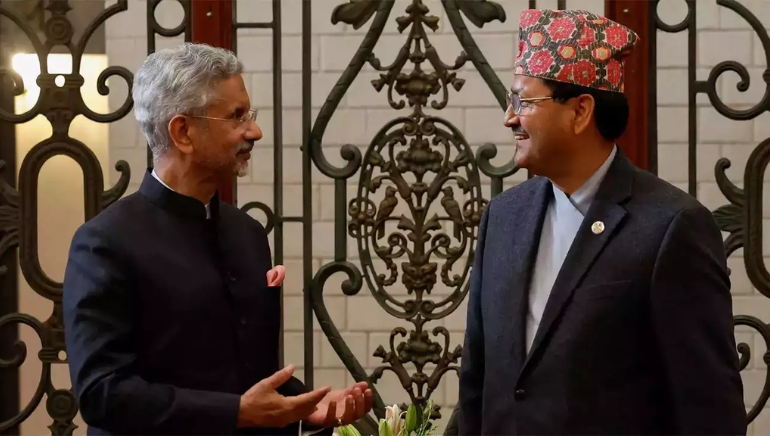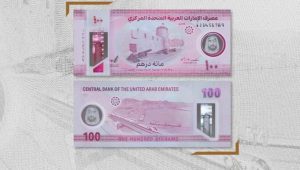Nepal and India signed a “long-term power trade” deal on January 4, solidifying Nepal’s commitment to export 10,000 megawatts (MW) of hydroelectricity to its energy-hungry neighbor over the next decade. The agreement was confirmed by Nepali Foreign Ministry spokesman Amrit Bahadur Rai during the visit of Indian Foreign Minister S. Jaishankar to Kathmandu.
Nepal, once plagued by limited electricity access, has undergone a remarkable transformation, connecting nearly all of its 30 million people to the grid through an extensive dam building spree. With an existing installed capacity of over 2,600MW from 150 projects and an additional 200 projects under construction, the nation is poised to become an energy-producing powerhouse.
While specific details of the agreement remain undisclosed, Ganesh Karki, president of the Independent Power Producers’ Association of Nepal, hails the deal as “historic” and emphasizes the need for supportive legislation and a conducive environment for such large-scale production.
Experts anticipate that this landmark deal will attract increased investment to Nepal’s hydropower sector, leveraging the country’s vast mountain river system with an estimated total potential capacity of 72,000MW. The agreement is also expected to strengthen Nepal’s position as an electricity exporter, having already initiated smaller-scale exports to India since late 2021.
However, concerns about environmental compliance, flood and landslide risks, and the geopolitics of influence between India and China linger as Nepal accelerates its hydropower development amidst the challenges of climate change.














